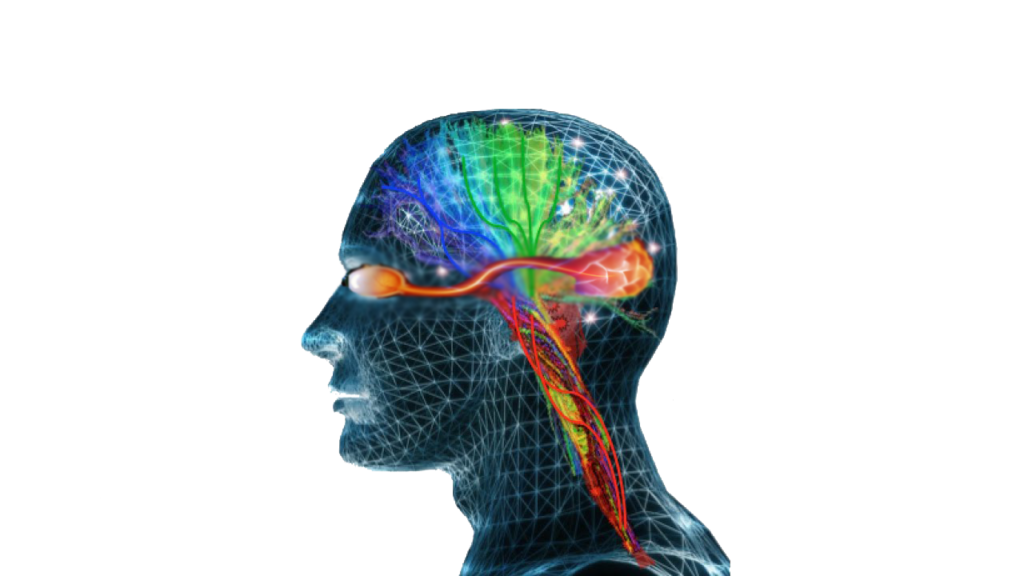
Cognitive science is the interdisciplinary study of mind and intelligence, embracing philosophy, psychology, artificial intelligence, neuroscience, linguistics, and anthropology. Attempts to understand the mind and its
operation go back at least to the Ancient Greeks when philosophers such as Plato and Aristotle tried to explain the nature of human knowledge. The study of mind remained the province of philosophy until the nineteenth century when experimental psychology developed.
Cognitive science intellectual origins are in the mid-1950s when researchers in several fields began to develop theories of mind based on complex representations and computational procedures. Its organizational origins are in the mid-1970s when the Cognitive Science Society was formed and the journal Cognitive Science began. Since then, more than sixty universities in North America, Europe, Asia, and Australia have established cognitive science programs, and many others have instituted courses in cognitive science.
Visual and other kinds of images play an important role in human thinking. Pictorial representations capture visual and spatial information in a much more usable form than lengthy verbal descriptions. Computational procedures well suited to visual representations include inspecting, finding, zooming, rotating, and transforming. Such operations can be very useful for generating plans and explanations in domains to which pictorial representations apply.
In the Laboratory of Robotics and Automation, assiduous research in cognitive vision has been made. Results of this research are the construction of disparity, saliency and depth maps as also the generation of algorithms responsible for the extraction of optic flow in complex backgrounds, estimation of motion and image stabilization, as well as recognition of objects, places, emotions, etc.